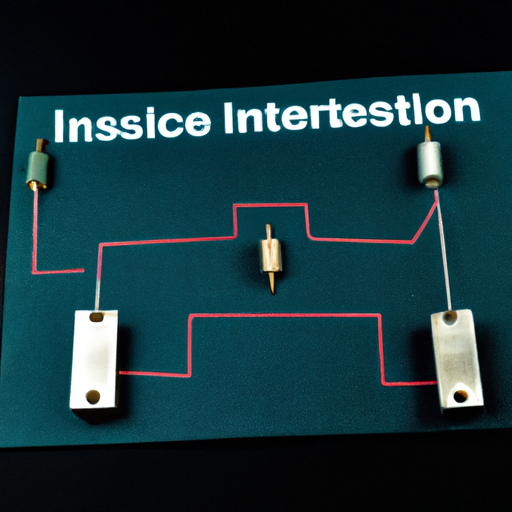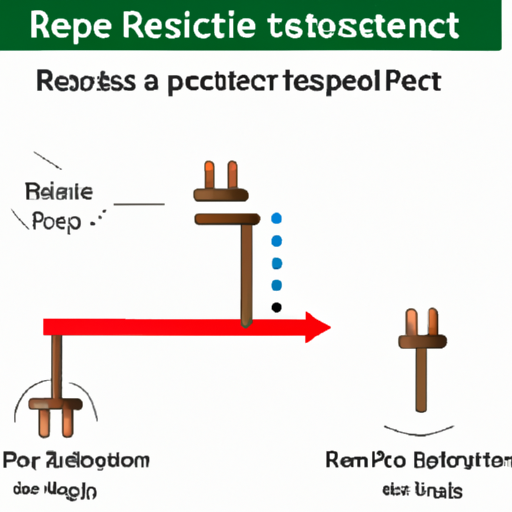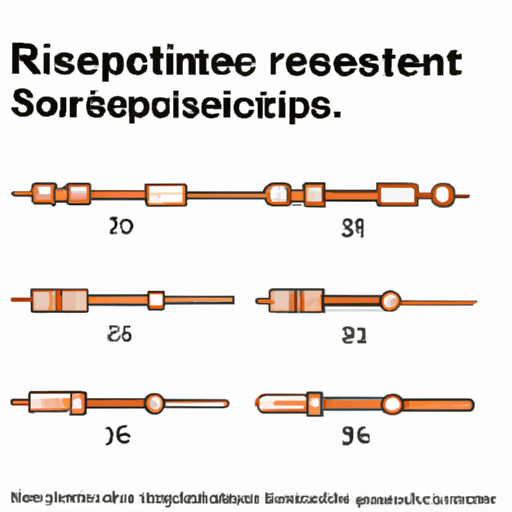What industries-related important patents do porcelain tube resistors contain?
Important Patents Related to Porcelain Tube Resistors
I. Introduction
Porcelain tube resistors are essential components in electrical engineering, known for their durability, thermal stability, and reliability. These resistors are made from a ceramic material that provides excellent insulation and resistance to high temperatures, making them suitable for various applications across multiple industries. The significance of patents in the development and innovation of electrical components cannot be overstated; they protect inventors' rights and encourage further advancements in technology. This blog post will explore the historical context, key patents, applications, and future directions of porcelain tube resistors, highlighting their importance in various industries.
II. Historical Context
The evolution of resistors has been a fascinating journey, beginning with simple wire-wound resistors and progressing to more sophisticated designs, including porcelain tube resistors. The introduction of porcelain tube resistors marked a significant milestone in resistor technology, as they combined the benefits of ceramic materials with advanced electrical properties.
Historically, the development of porcelain tube resistors was driven by the need for components that could withstand extreme conditions, such as high temperatures and voltages. The role of patents in this evolution has been crucial, as they have provided a framework for protecting innovations and encouraging competition among manufacturers. Key milestones in this journey include the development of new materials, manufacturing processes, and design improvements, all of which have been documented through various patents.
III. Key Patents in Porcelain Tube Resistor Technology
A. Overview of Patent Classification and Significance
Patents related to porcelain tube resistors can be classified into several categories, each addressing different aspects of resistor technology. These include patents for manufacturing processes, design and structure, and electrical properties. Each category plays a vital role in enhancing the performance and reliability of porcelain tube resistors.
B. Notable Patents Related to Porcelain Tube Resistors
1. Patent for Manufacturing Processes
One of the most significant areas of innovation in porcelain tube resistors is the manufacturing process. Patents in this category often focus on new materials and techniques that improve production efficiency and reduce costs. For example, a notable patent may describe a method for creating a more uniform ceramic mixture, which can lead to better electrical performance and durability. Innovations in manufacturing processes have allowed companies to produce porcelain tube resistors at a lower cost while maintaining high quality.
2. Patent for Design and Structure
The design and structure of porcelain tube resistors are critical to their performance. Patents in this area often focus on enhancements that improve thermal stability and durability. For instance, a patent may detail a new structural design that allows for better heat dissipation, which is essential in high-power applications. These design improvements can significantly influence the performance characteristics of the resistors, making them more reliable in demanding environments.
3. Patent for Electrical Properties
Another crucial aspect of porcelain tube resistors is their electrical properties. Patents related to this category often focus on improvements in resistance values and tolerances, which are vital for ensuring the reliability of electrical circuits. For example, a patent may describe a new formulation of materials that enhances the resistor's ability to operate in high-voltage and high-temperature environments. These advancements are particularly important in industries such as power generation and telecommunications, where reliability is paramount.
IV. Applications of Porcelain Tube Resistors
A. Use in Industrial Applications
Porcelain tube resistors find extensive use in various industrial applications. In power generation and distribution, they are used to manage electrical loads and ensure stable operation. The automotive industry also relies on these resistors for various applications, including engine control units and power management systems. Additionally, telecommunications equipment often incorporates porcelain tube resistors to maintain signal integrity and prevent overheating.
B. Role in Consumer Electronics
In the realm of consumer electronics, porcelain tube resistors are commonly found in home appliances and audio equipment. Their ability to withstand high temperatures and provide stable resistance makes them ideal for devices that require consistent performance. For instance, in audio equipment, these resistors help maintain sound quality by ensuring that signals are processed accurately without distortion.
C. Importance in Research and Development
Porcelain tube resistors also play a crucial role in research and development. In laboratory settings, they are used in various experimental setups, providing reliable resistance values for testing and prototyping. Their stability and durability make them suitable for a wide range of applications, from basic experiments to advanced technological developments.
V. Impact of Patents on Industry Standards
A. How Patents Shape Industry Practices and Standards
Patents have a profound impact on industry practices and standards. They not only protect the intellectual property of inventors but also set benchmarks for quality and performance. Companies that hold patents often lead the way in innovation, influencing the direction of research and development in the industry.
B. The Relationship Between Patent Protection and Innovation
The relationship between patent protection and innovation is complex. On one hand, patents incentivize companies to invest in research and development by providing a temporary monopoly on new inventions. On the other hand, the patenting process can sometimes stifle innovation if companies become overly protective of their intellectual property. Striking a balance between protecting innovations and fostering a collaborative environment is essential for the continued advancement of porcelain tube resistor technology.
C. Case Studies of Companies That Have Leveraged Patents for Competitive Advantage
Several companies in the electrical components industry have successfully leveraged patents to gain a competitive advantage. For example, a leading manufacturer of porcelain tube resistors may hold multiple patents related to manufacturing processes and design improvements, allowing them to produce high-quality products at lower costs. These companies often invest heavily in research and development, ensuring that they remain at the forefront of innovation in the industry.
VI. Challenges and Future Directions
A. Current Challenges in Patenting Resistor Technology
Despite the advancements in porcelain tube resistor technology, several challenges remain in the patenting process. Patent infringement issues are a significant concern, as companies must navigate a complex landscape of existing patents while protecting their innovations. Additionally, finding the right balance between innovation and intellectual property rights can be challenging, as overly restrictive patents may hinder collaboration and progress.
B. Future Trends in Porcelain Tube Resistor Technology
Looking ahead, several trends are likely to shape the future of porcelain tube resistor technology. Emerging materials, such as advanced ceramics and composites, hold the potential to enhance the performance of these resistors further. Additionally, advancements in manufacturing techniques, such as additive manufacturing, may lead to new designs and applications. As these trends develop, new patents will likely emerge, driving further innovation in the field.
VII. Conclusion
In conclusion, patents play a vital role in the development and innovation of porcelain tube resistors. They protect the rights of inventors and encourage advancements in technology, ensuring that these essential components continue to evolve. The ongoing relevance of porcelain tube resistors in various industries underscores their importance in modern electrical engineering. As we look to the future, the continued exploration of new materials and technologies will undoubtedly lead to exciting developments in resistor technology and patenting practices.
VIII. References
- List of key patents and their details
- Academic and industry sources on porcelain tube resistors and patent law
- Additional reading materials for further exploration of the topic
This blog post provides a comprehensive overview of the important patents related to porcelain tube resistors, their historical context, applications, and the impact of these patents on industry standards and future developments. The structured approach allows for a detailed exploration of the topic, making it accessible to readers interested in electrical engineering and innovation.






